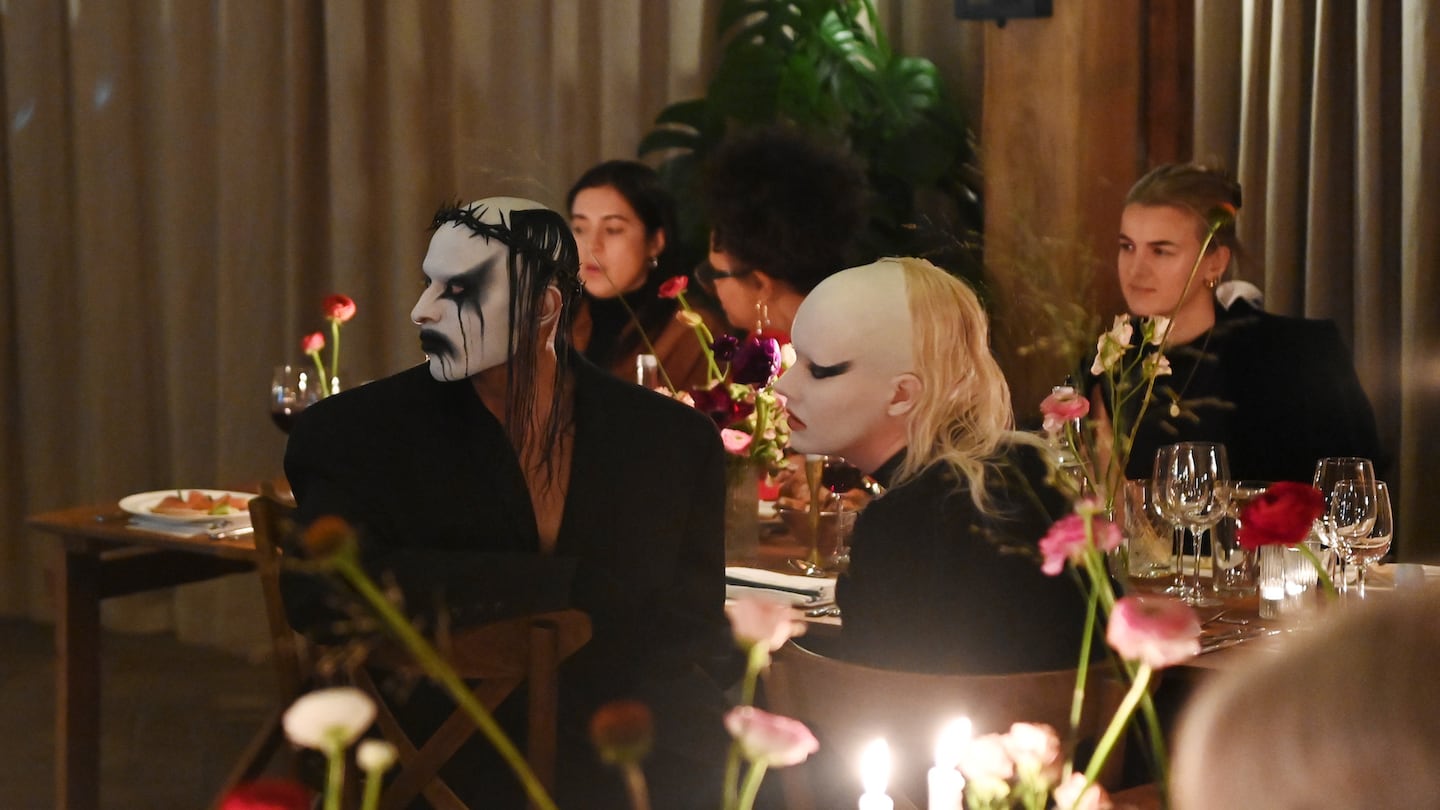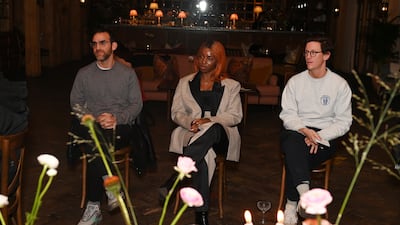
The Business of Fashion
Agenda-setting intelligence, analysis and advice for the global fashion community.

Agenda-setting intelligence, analysis and advice for the global fashion community.

Deloitte research for Snapchat found that by 2025, nearly 75 percent of the global population — and almost all smartphone users — will be frequent augmented reality (AR) users. But despite the trillions of times users have engaged with the technology already, fashion’s use of AR in the path to purchase is nascent, with early adopters typically utilising the technology for marketing.
That is expected to change. Virtual try-on technology is becoming increasingly accurate. Currently, some businesses are achieving less than $0.01 US cents per virtual try-on for their products according to Snapchat, positively impacting return rates and decreasing waste.
But AR is not only good for try-ons, it’s also a powerful tool for storytelling and customer experience. “Lenses” — AR social photo and video filters used every day by 250 million Snapchat users — are supported by a community of over 250,000 creators, developers and partners who build millions of AR experiences for end consumers.
At VOICES 2022, BoF’s annual event where global thought leaders and experts gather to spark innovation with the future in mind, Snapchat’s global head of luxury Geoffrey Perez and creative technologist Ommy Akhe discussed with guests the ways in which brands can utilise AR to increase acquisition rates and deepen their connection with consumers.
The discussion was conducted under the Chatham House Rule, which precludes the attribution of statements made by specific individuals or companies, allowing attendees to share freely and openly with their peers.
Now, BoF shares condensed, anonymised learnings from the intimate discussion to provide actionable insights for our global community.

“Today we have over 350 million daily active users on the Snapchat app in the US, and more than 70 percent of them — so more than 250 million people — are engaging with augmented reality,” were some of the opening remarks made at the start of the conversation. “Our research shows that when people experience a product through AR, they have a better understanding of the size of the product and how it looks, leading to a decrease of up to 28 percent of returns.”
One attendee shared data that reinforced the value of AR for fashion brands mindful of consumer acquisition and retention. “The click-through rating for 3D models is anywhere between 20 and 40 percent. Your conversion rate can go up to 200 percent, and then your return rates will be halved.”
“You can create virtual stores,” said one attendee of AR activations. “Users can have gaming and entertainment experiences around them with AR. It’s another dimension to storytelling.”
One attendee challenged that, similarly to physical fashion, virtual fashion also runs the risk of being exclusionary. “It is still a wardrobe for your digital avatar. It’s only accessible to you, unless I’m wearing AR glasses. Isn’t that just going to create a hierarchy anyway?”
Users can have gaming and entertainment experiences around them with AR. It’s another dimension to storytelling.
Another attendee disagreed, stating the potential of AR as a tool for personal validation rather than exclusion: “People are now starting to mould experiences to match their preferences, rather than changing themselves to match these experiences. Through the power of technology and AR, we have a digital playground of ideas and the ability to experiment without fear of real-life repercussions. Curating an experience that is truly authentic and helping people realise its purpose or objective is where AR’s real value lies.”
“One thing that is very novel, very interesting about AR is that it’s a new medium, and people opt into it as an advertising experience,” said one attendee of AR’s ability to foster a personal connection between brands and consumers.
“I feel like AR is one of the very few online digital use cases where consumers choose to engage with this experience, they want to engage with this brand or they want this brand to enhance their own image.”
Some attendees agreed that the additive nature of AR, whereby it sits atop the real, physical world, is what enables users to use it as a tool for personal expression. “Augmented reality as a concept is additive, as opposed to virtual reality which is a completely immersive environment,” said one attendee. “Brands that allow an element of storytelling and customisation tap into AR very well.”
Through the power of technology and AR, we have a digital playground of ideas and the ability to experiment without fear of real-life repercussions.
“Giving consumers the ability to personalise products in real-time, whether it’s based on factual information like their location or what they want to express, eliminates the need to buy a hundred iterations of the same product. You can get your toolbox together, remove barriers and encourage immediacy without having a physical product made in excess, which is so easy using AR.”
All those in attendance agreed that targeting tech-savvy consumers with AR initiatives requires an authentic approach. To nurture a sense of community, brands should “inspire people to be themselves, and teach them that they can create for themselves,” said one attendee.
“By creating that conversation you create a sense of community and a sense of belonging. The ability to dip your toes in the water without having to plunge deep inside is essential, and that’s where AR comes in handy.”
However, they noted some mediation between the physical and digital worlds is still required. “Our community connects with us because of our courage to live our authentic truth in real life. You can post amazing photos on social media, but if you do it in real life there’s still that respect for the way you’re putting yourself out there. So that’s something AR needs to marry, the values that we all have as human beings and their manifestation in real life.”
This is a sponsored feature paid for by Snapchat as part of a BoF partnership.
Zero10 offers digital solutions through AR mirrors, leveraged in-store and in window displays, to brands like Tommy Hilfiger and Coach. Co-founder and CEO George Yashin discusses the latest advancements in AR and how fashion companies can leverage the technology to boost consumer experiences via retail touchpoints and brand experiences.
Four years ago, when the Trump administration threatened to ban TikTok in the US, its Chinese parent company ByteDance Ltd. worked out a preliminary deal to sell the short video app’s business. Not this time.
Brands are using them for design tasks, in their marketing, on their e-commerce sites and in augmented-reality experiences such as virtual try-on, with more applications still emerging.
Brands including LVMH’s Fred, TAG Heuer and Prada, whose lab-grown diamond supplier Snow speaks for the first time, have all unveiled products with man-made stones as they look to technology for new creative possibilities.